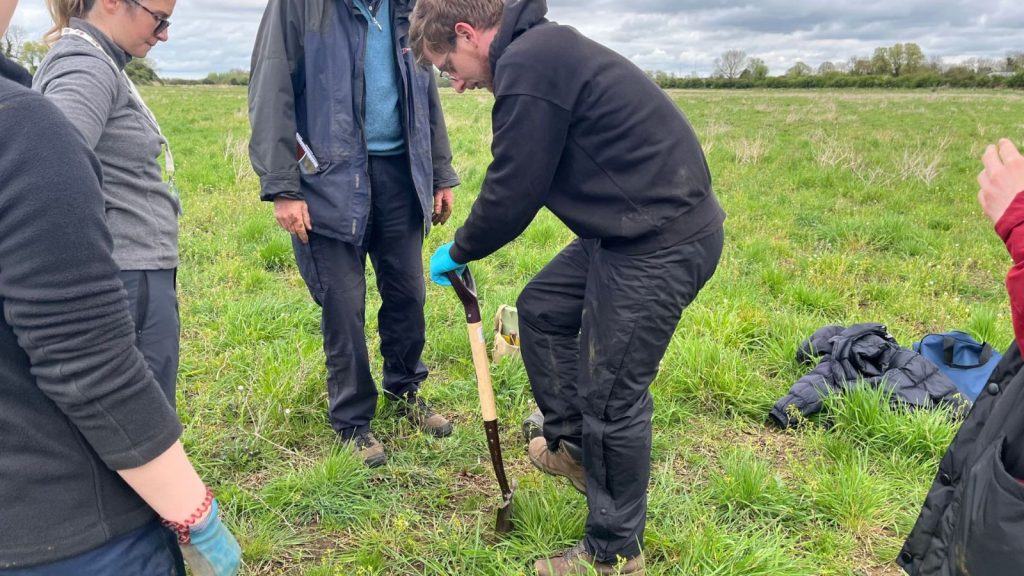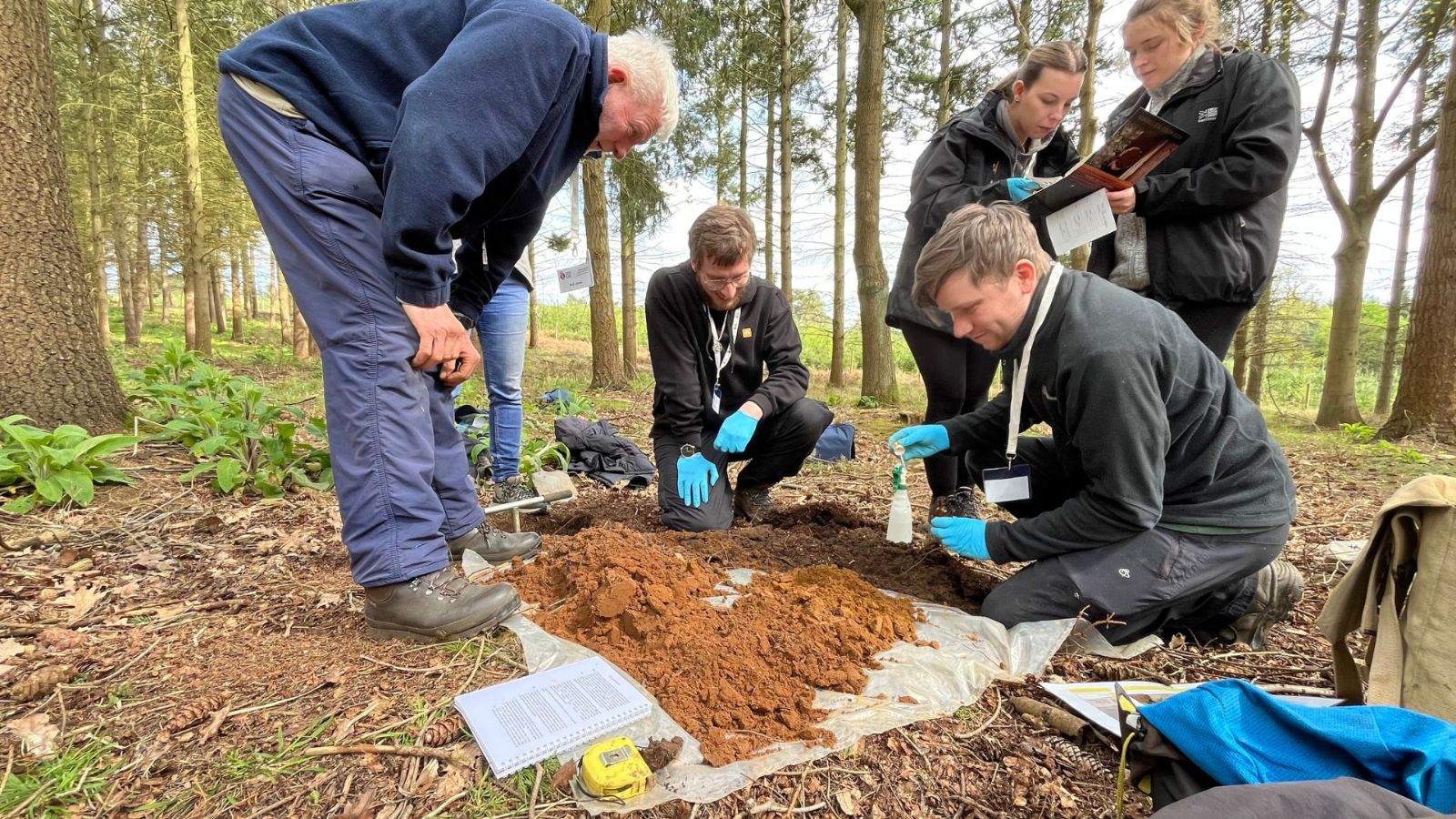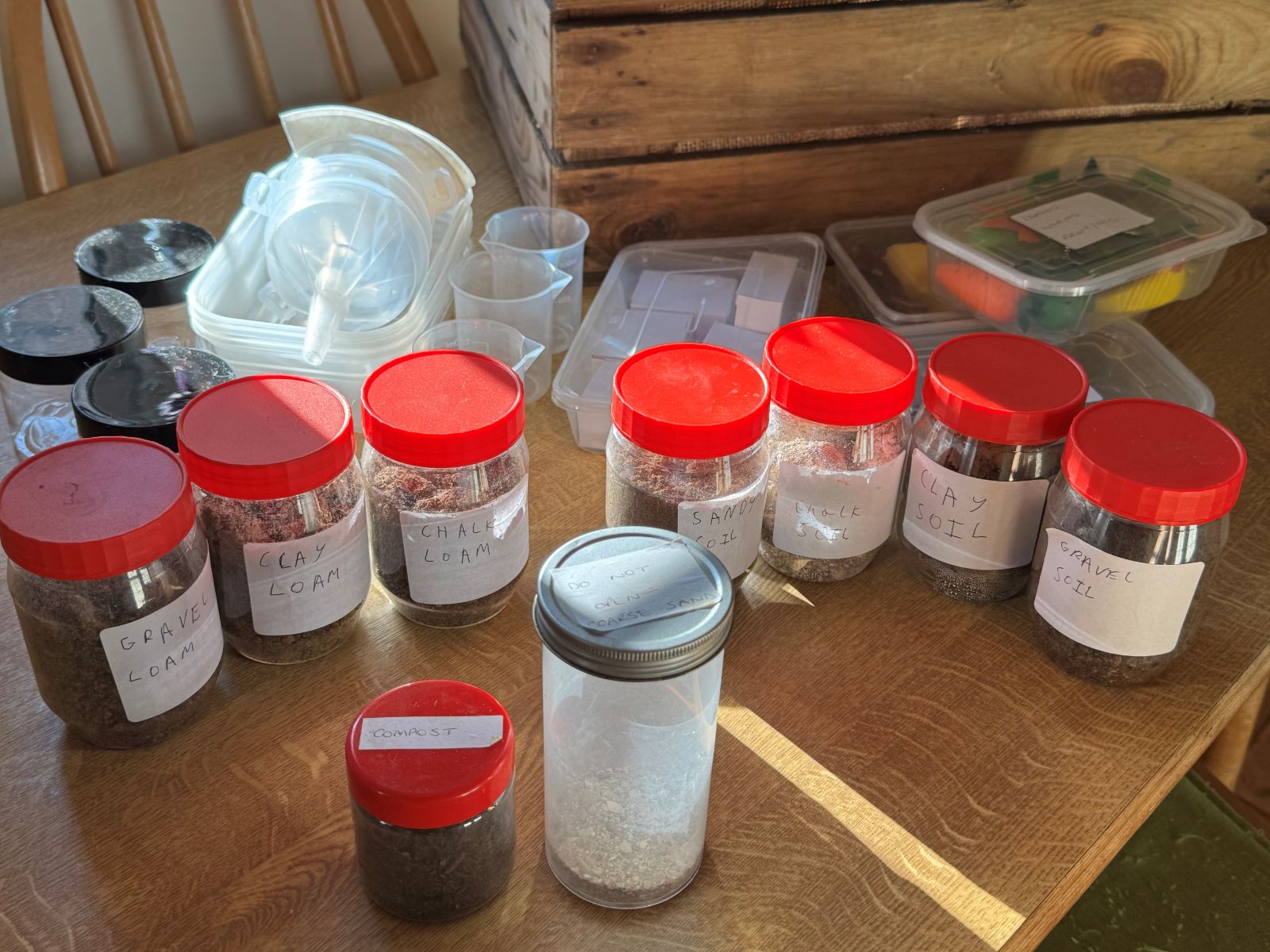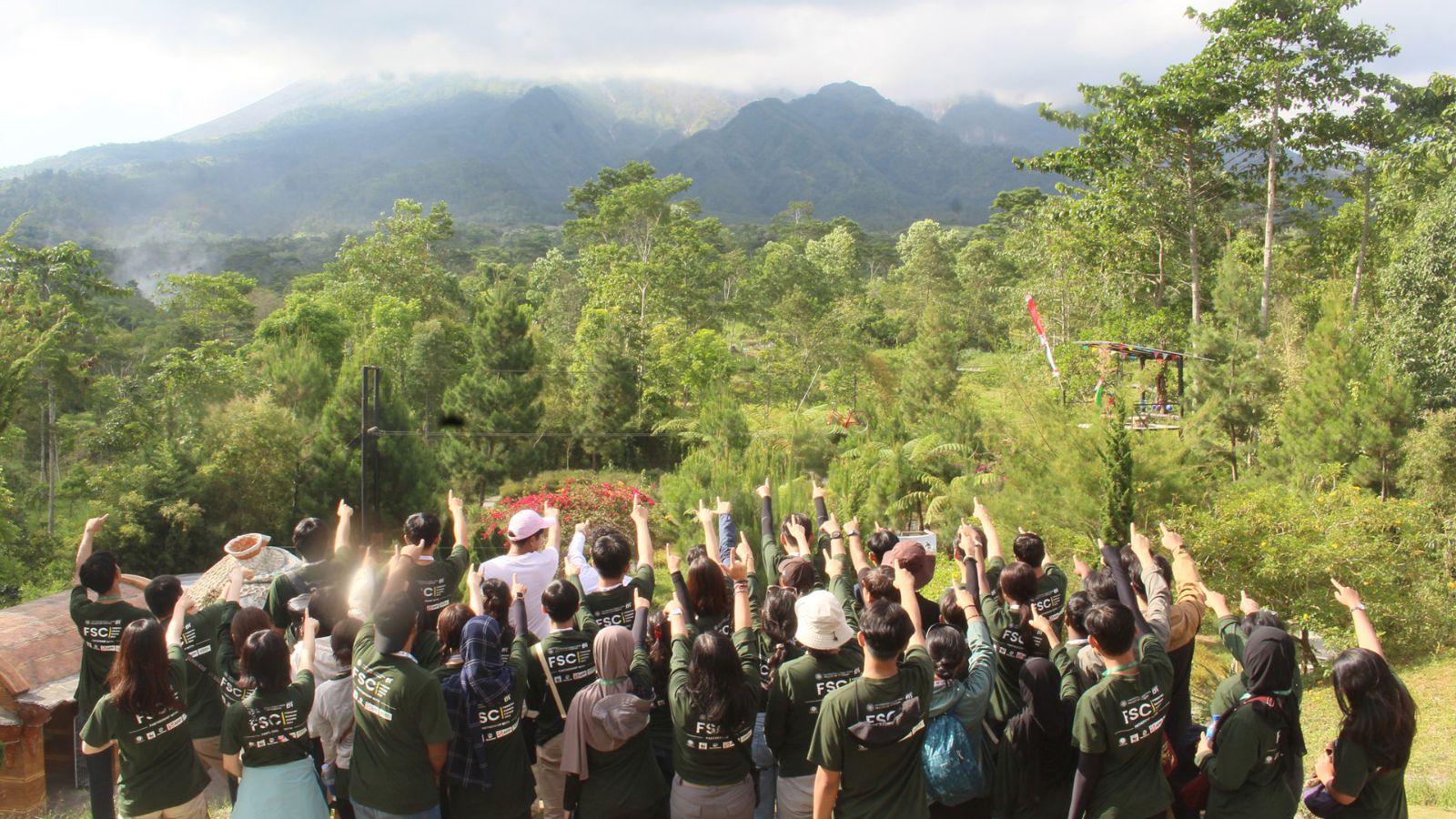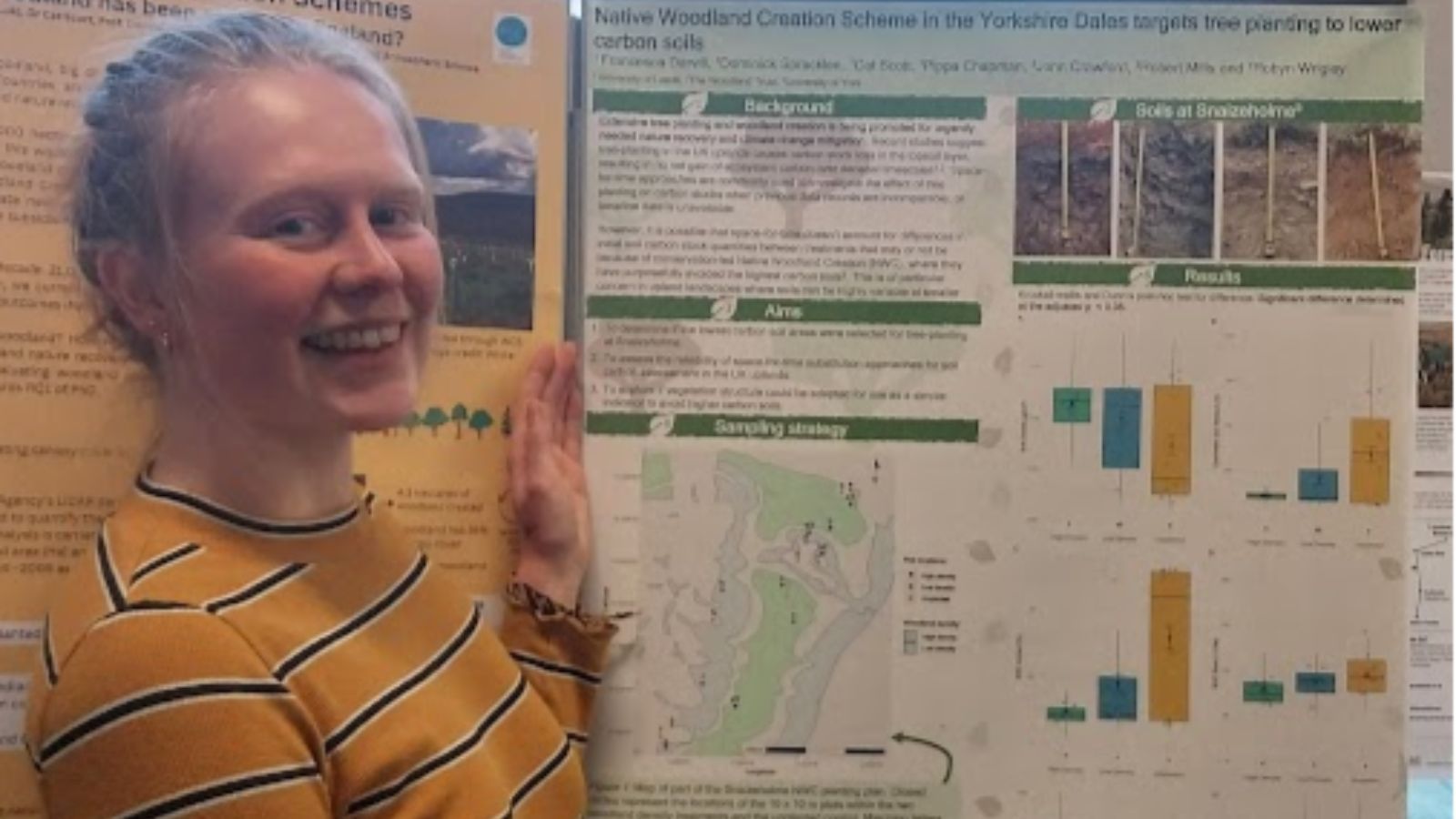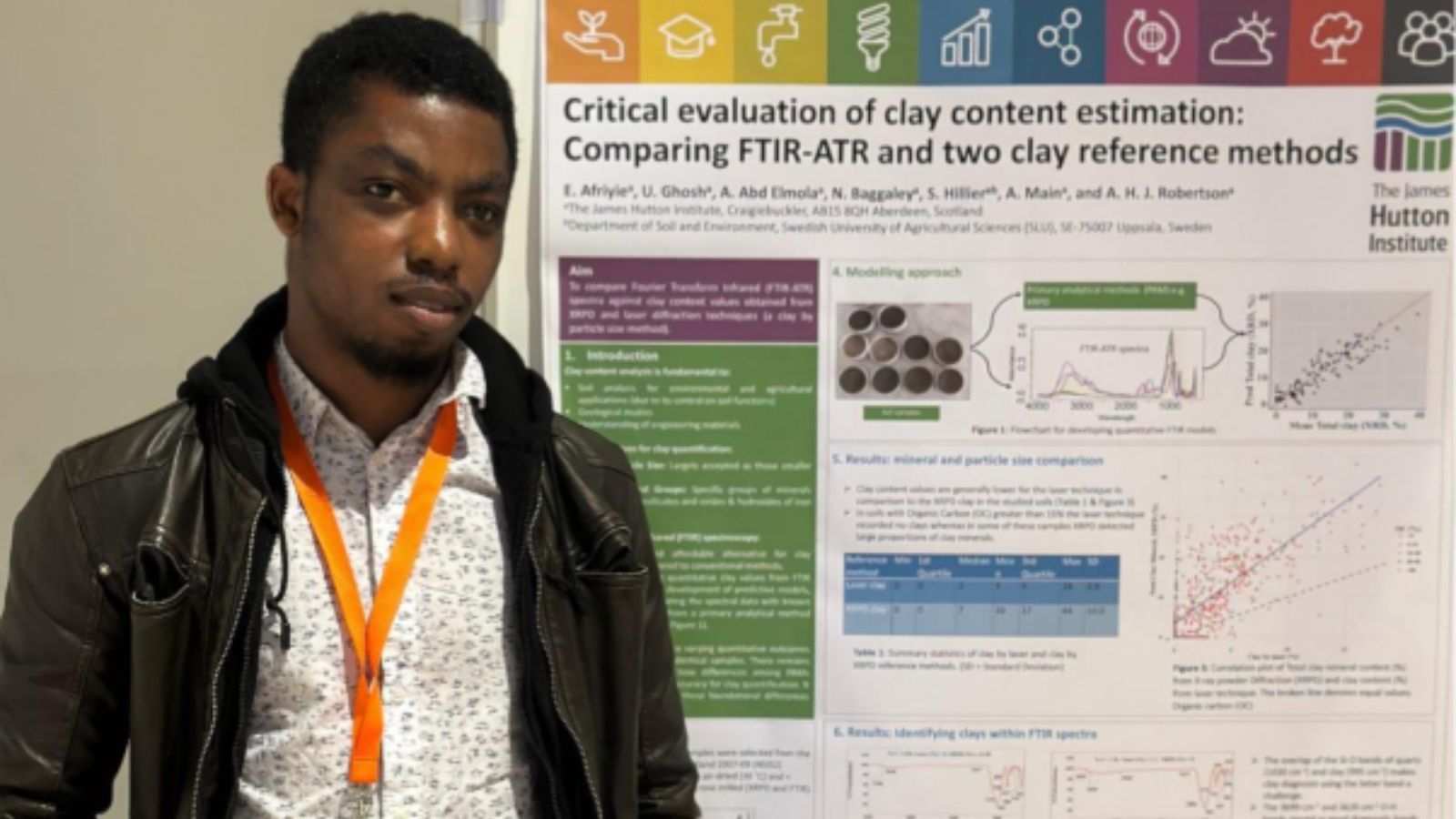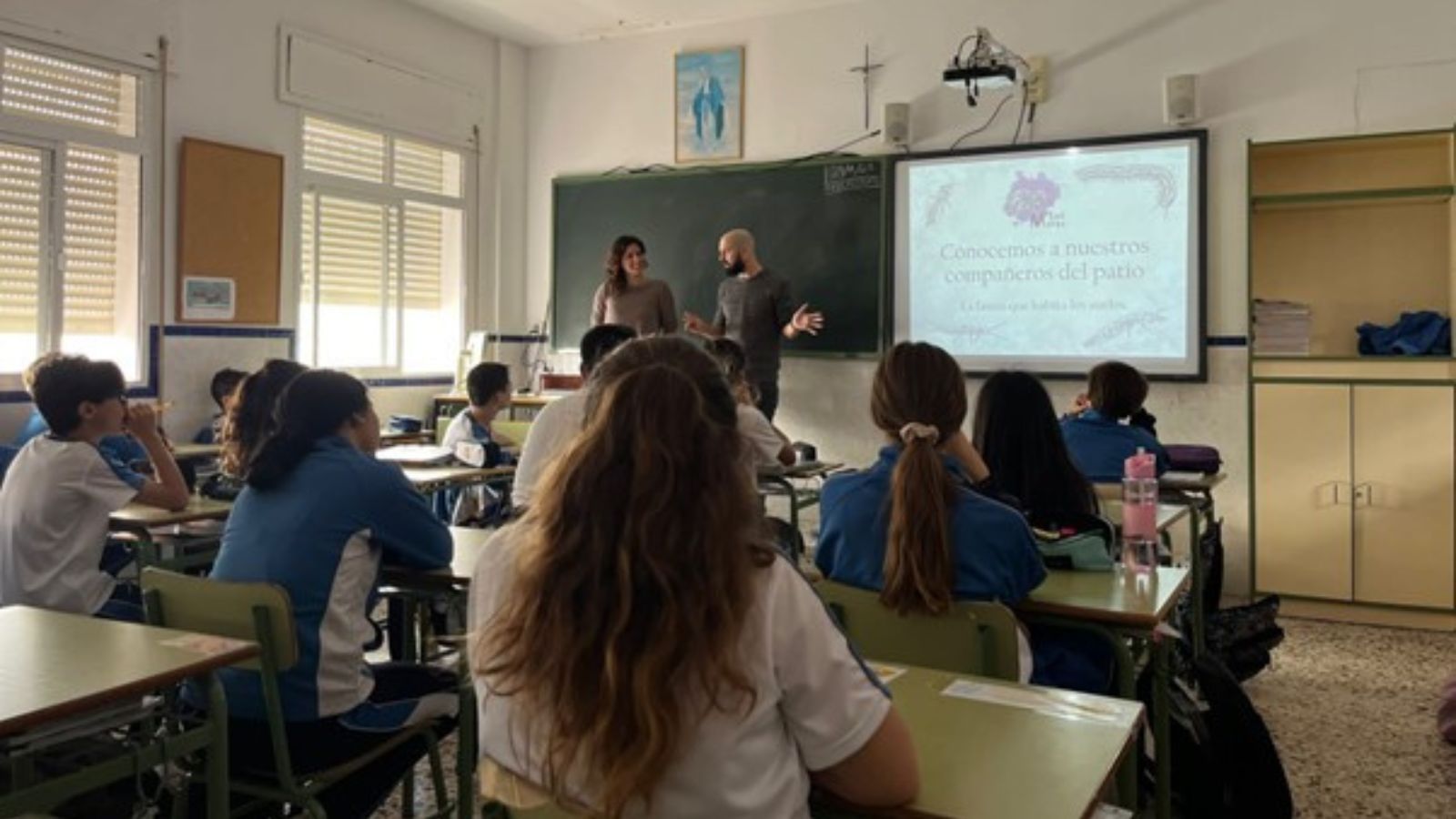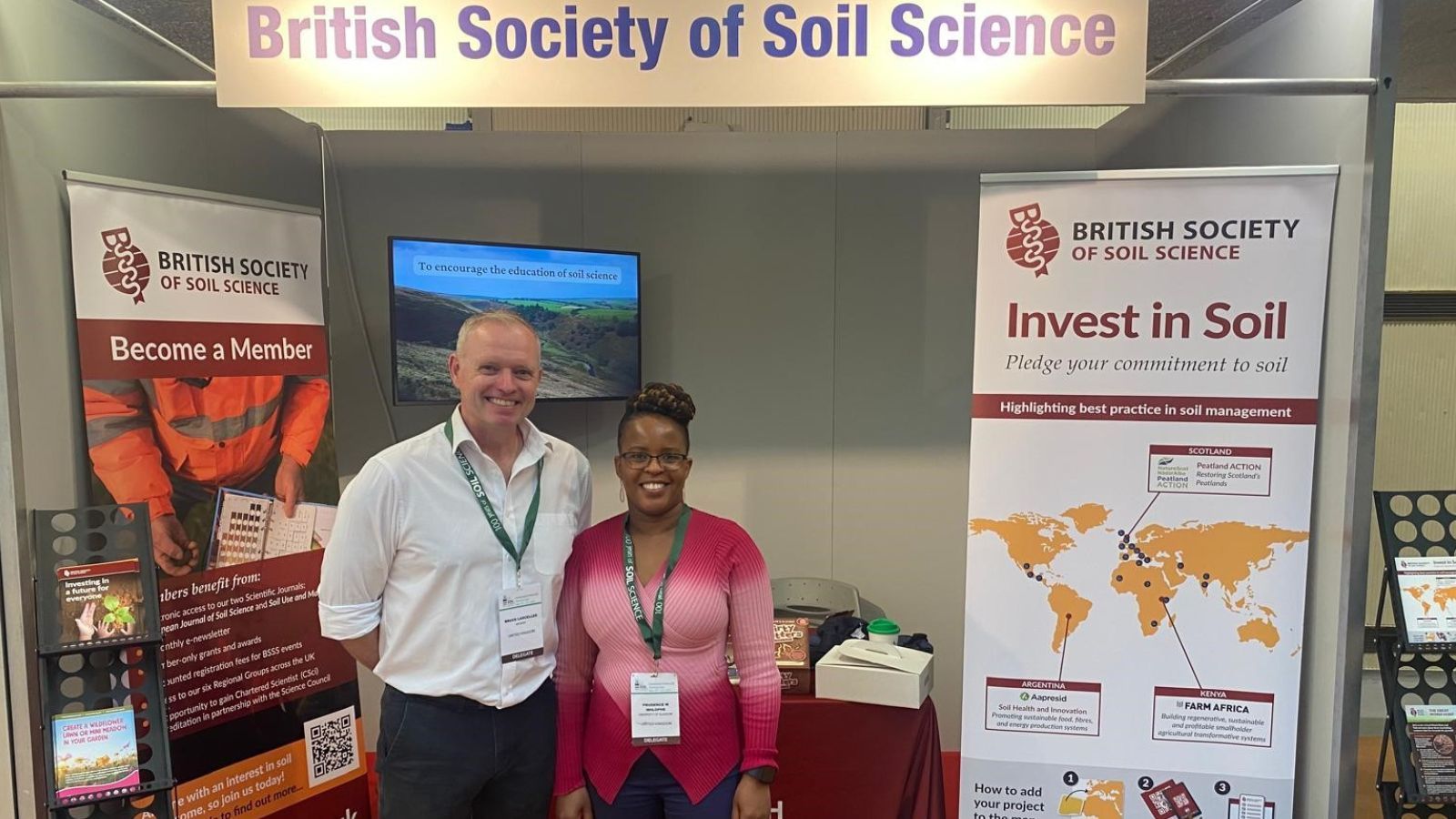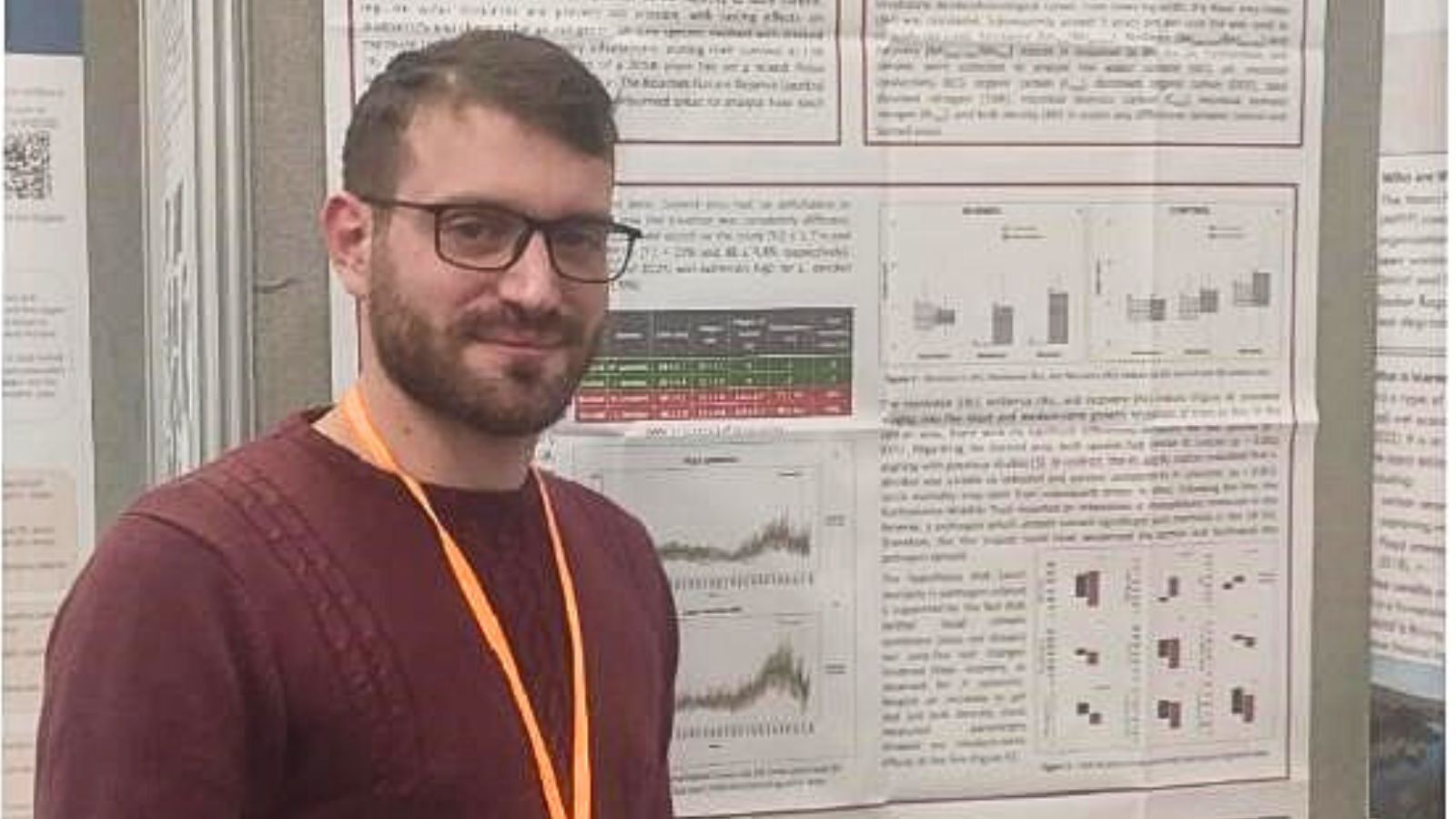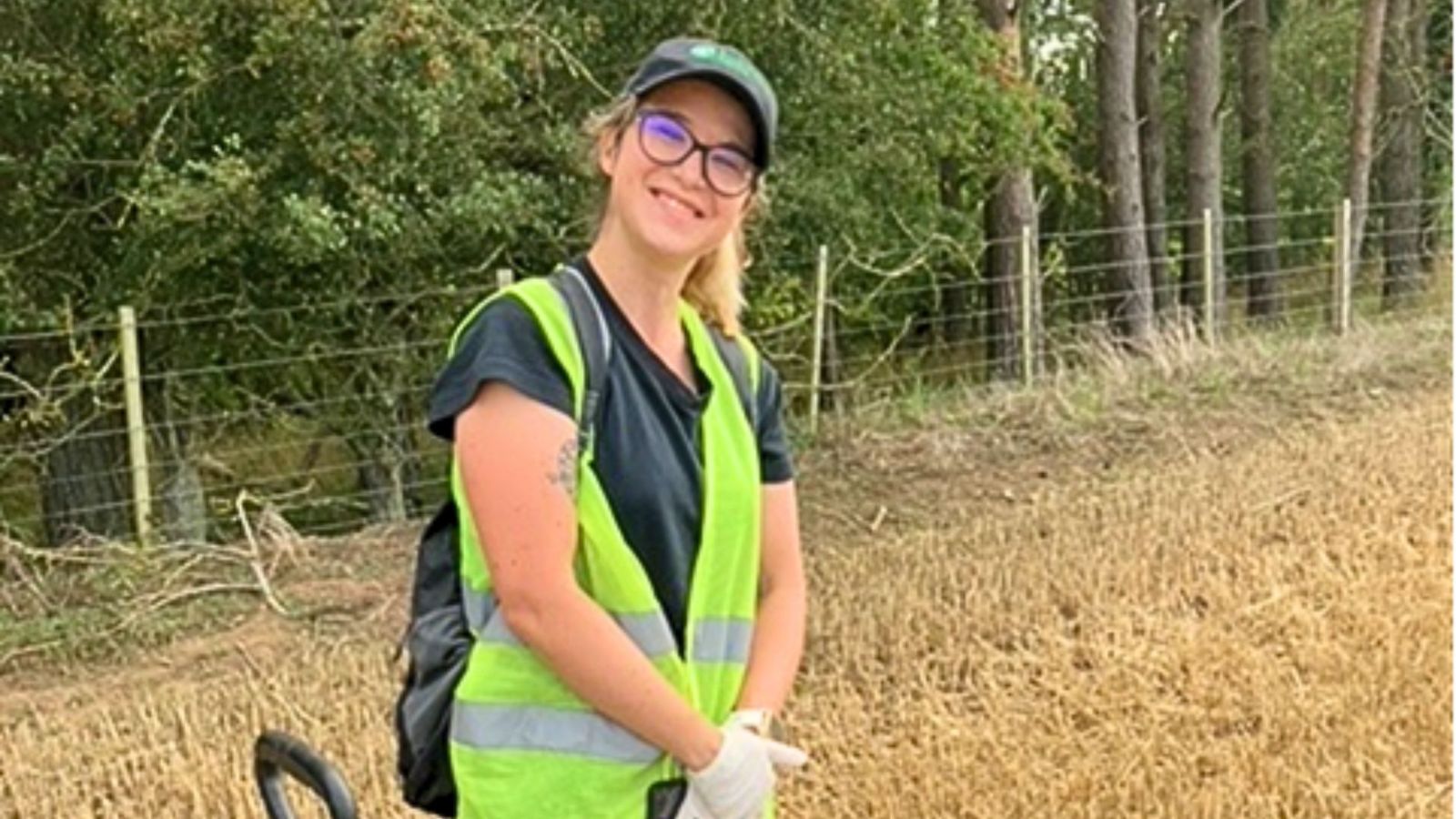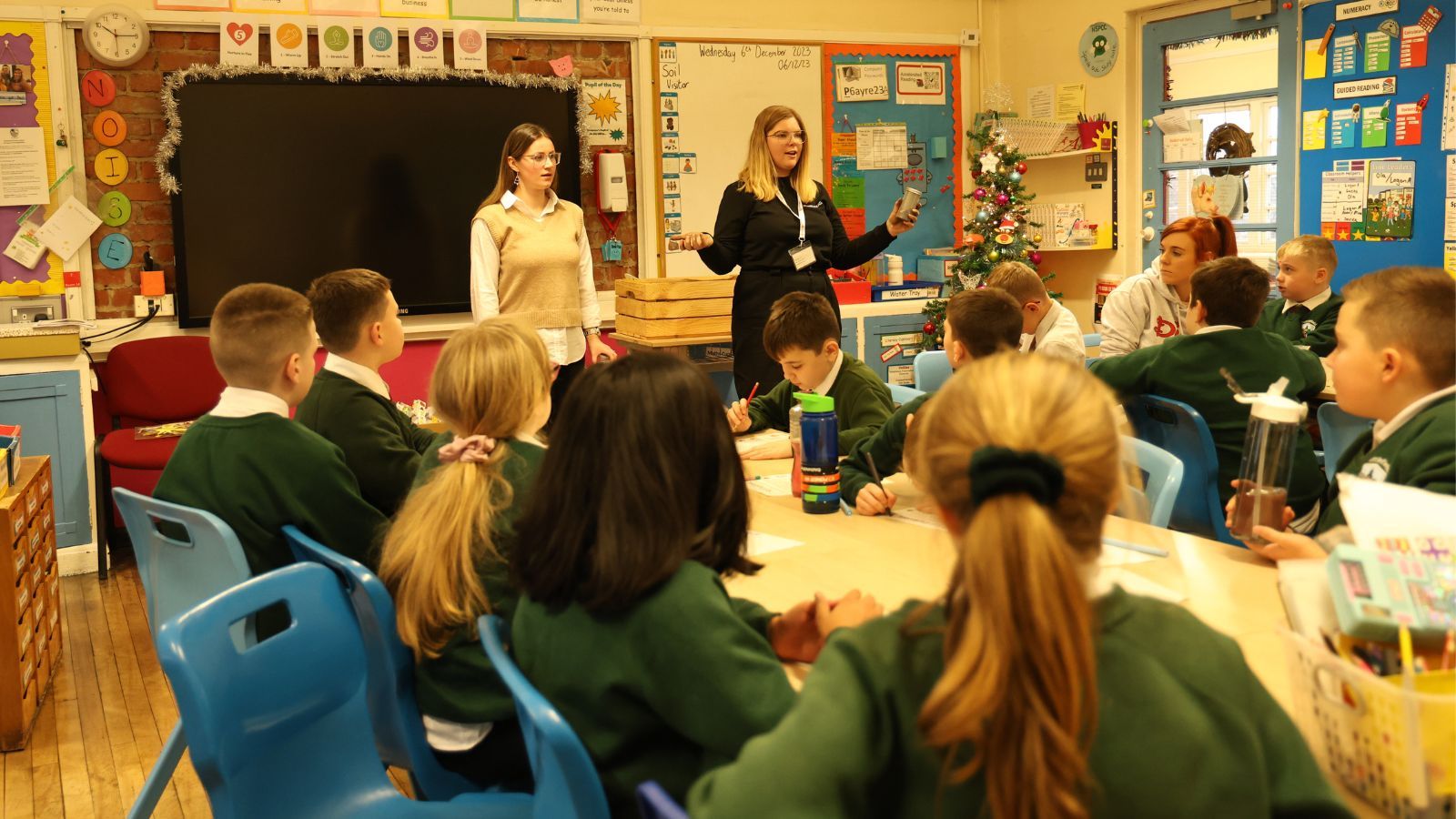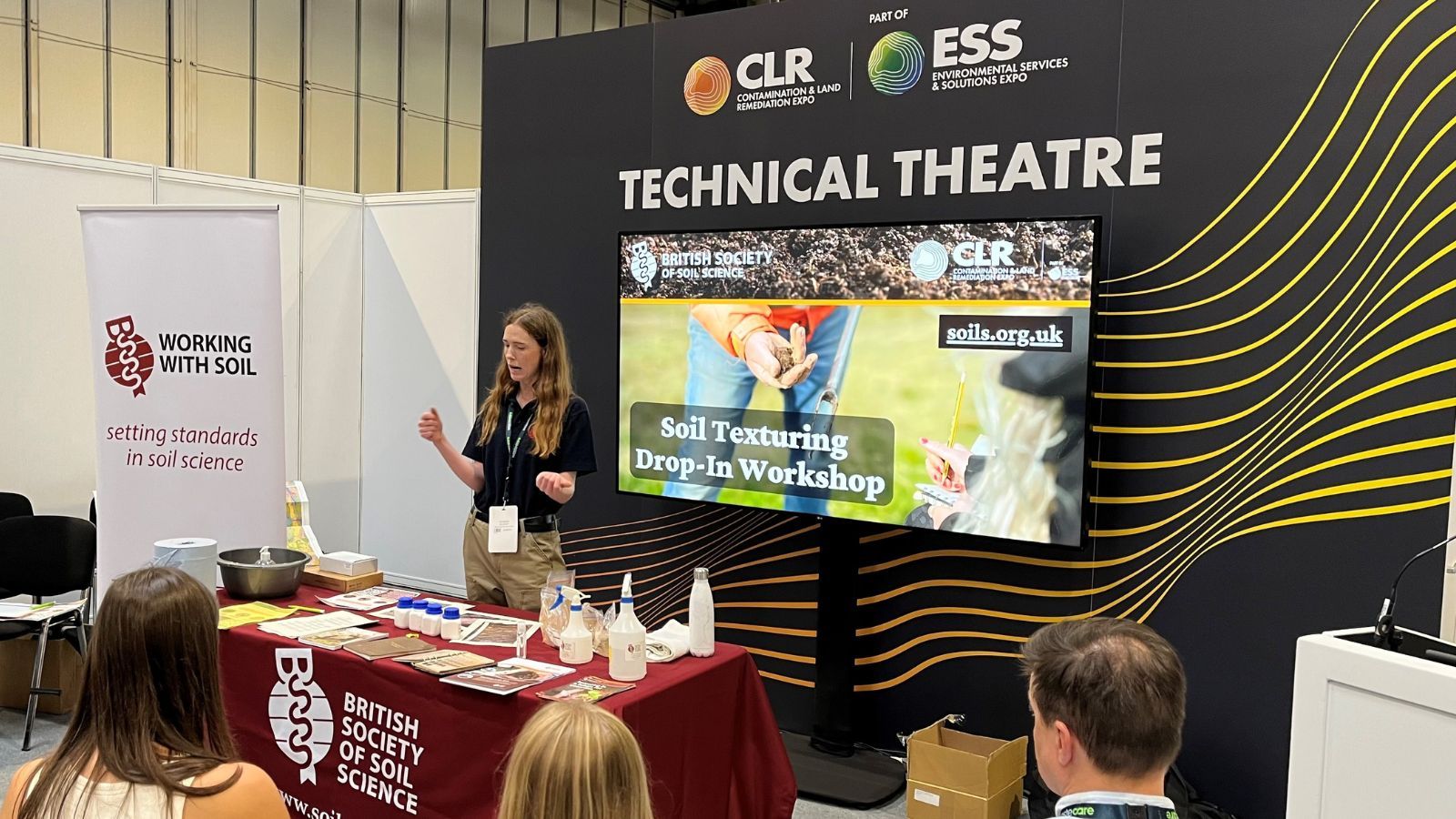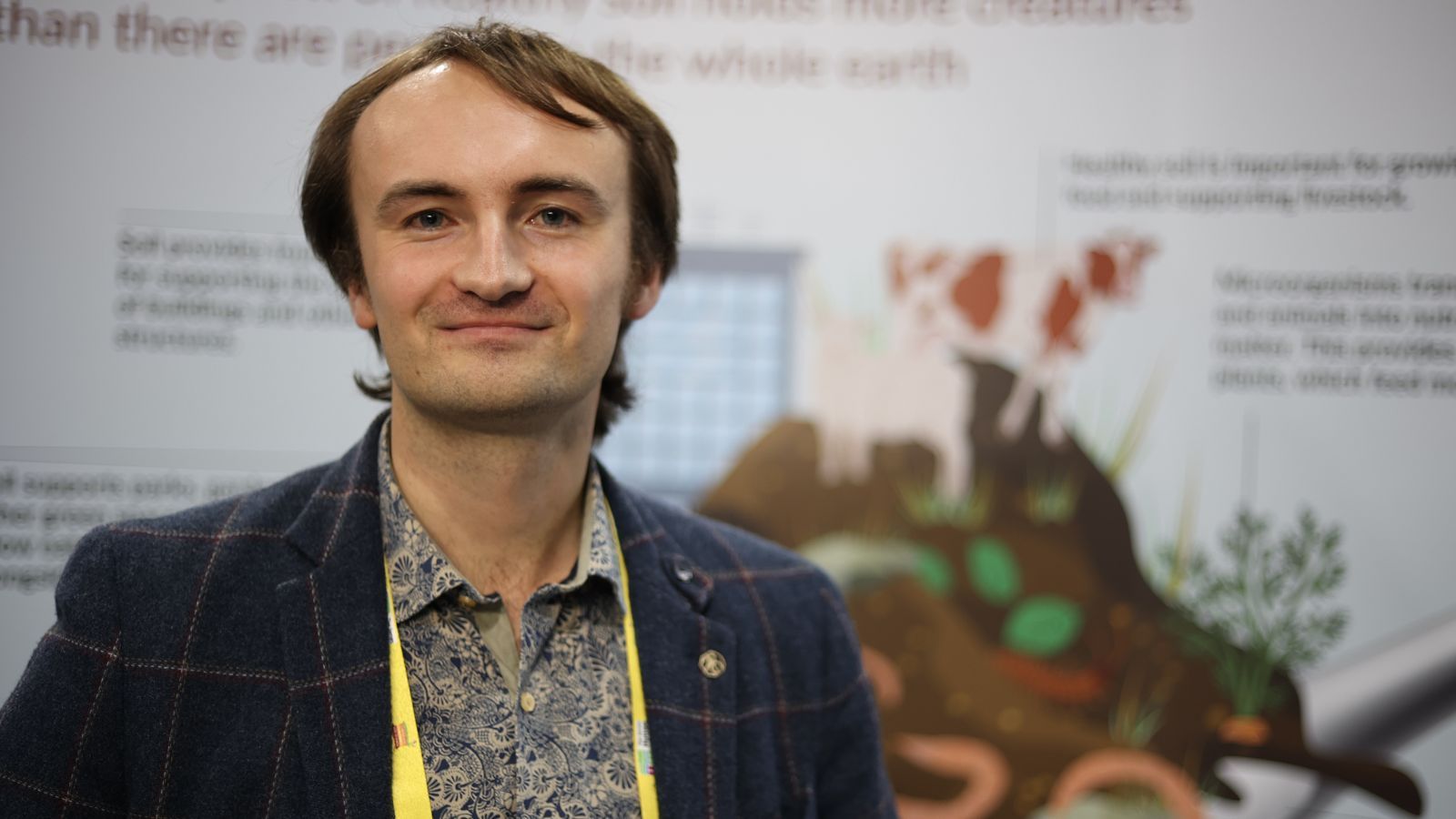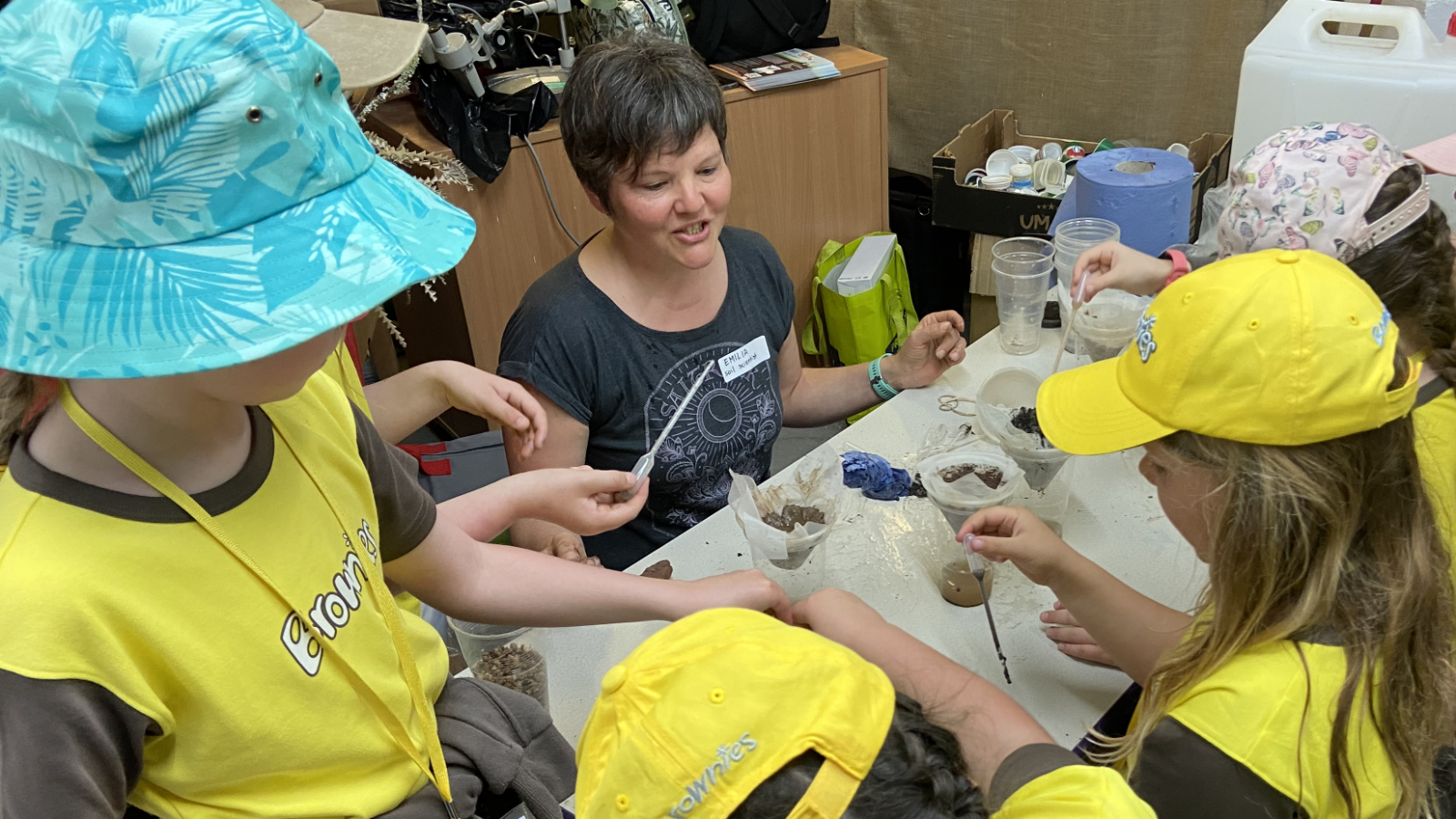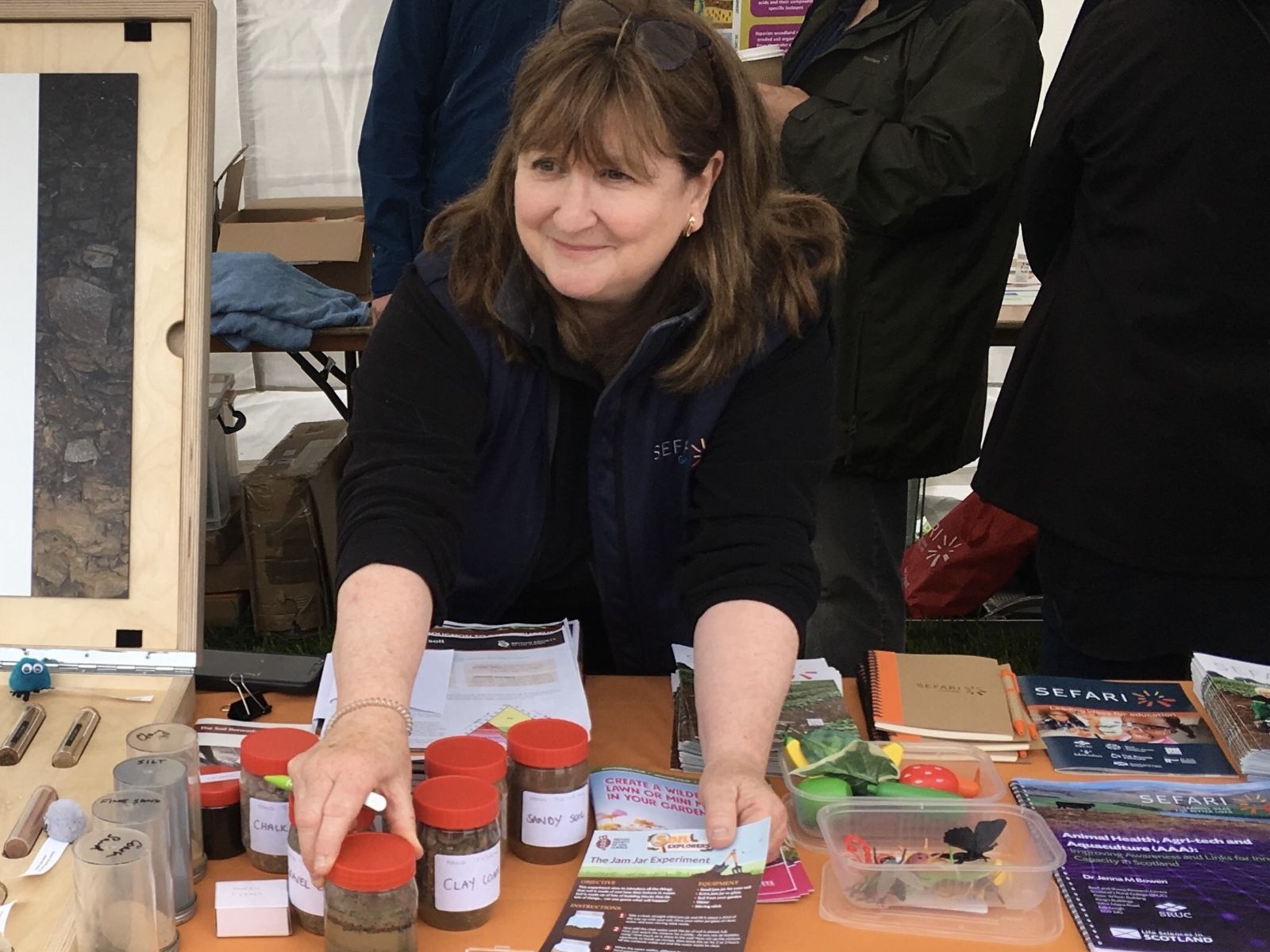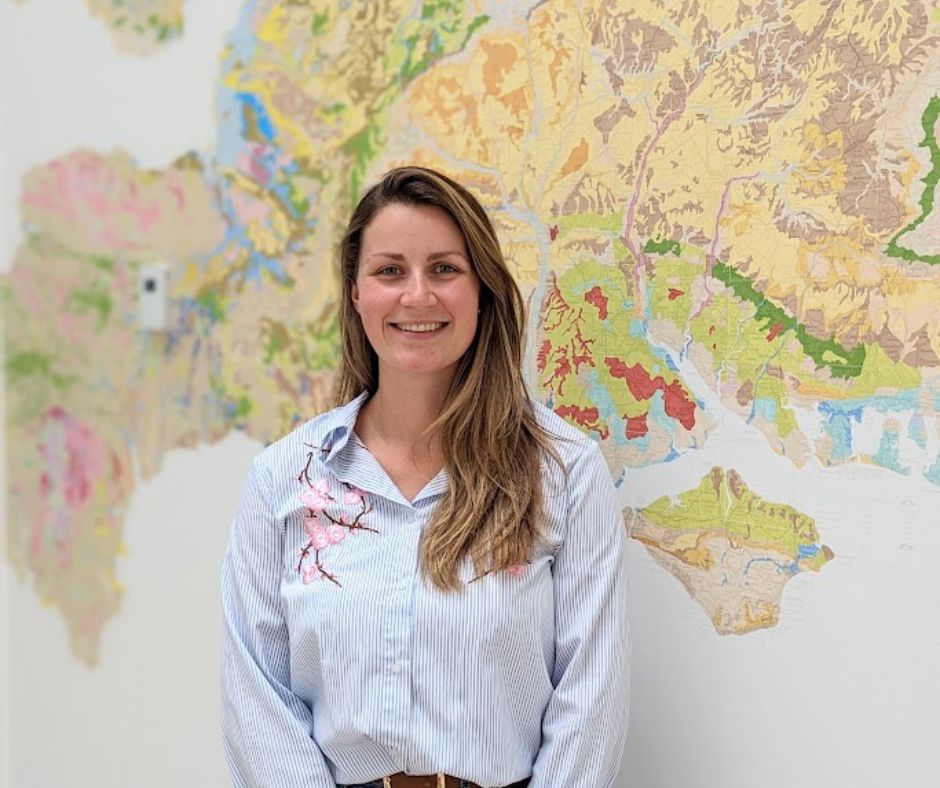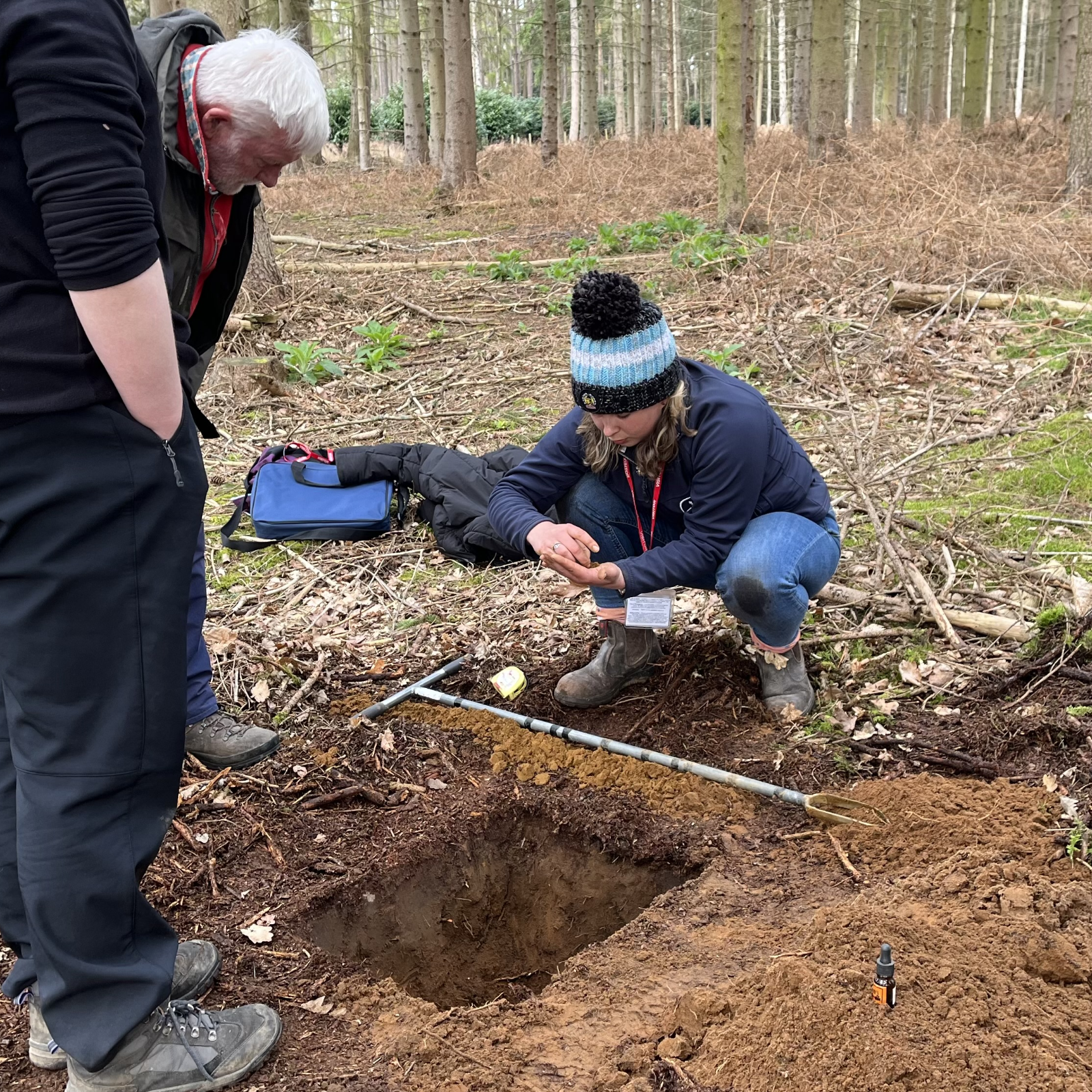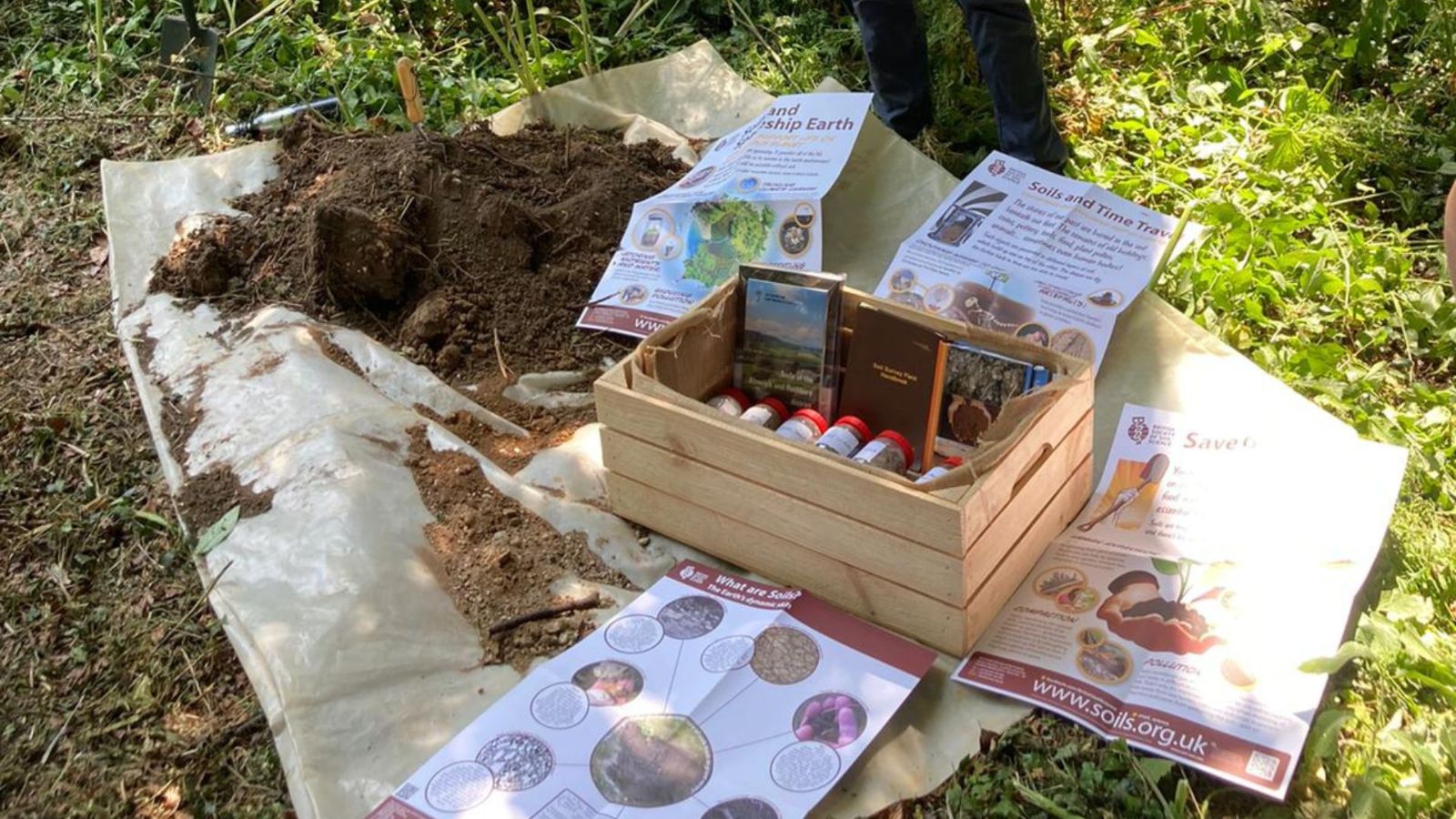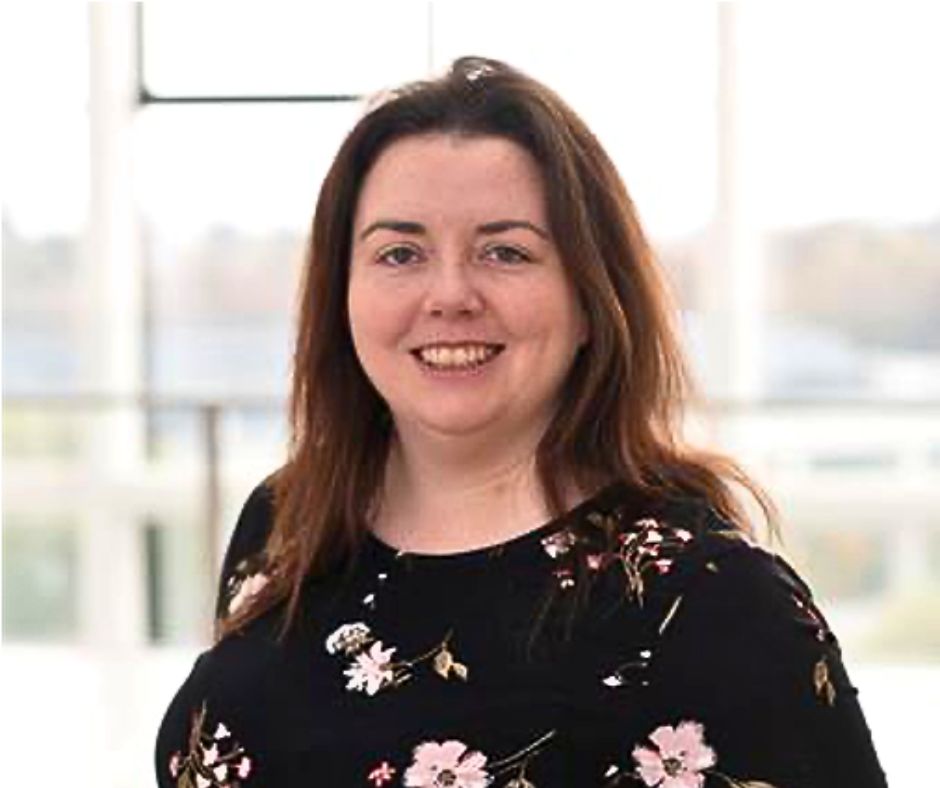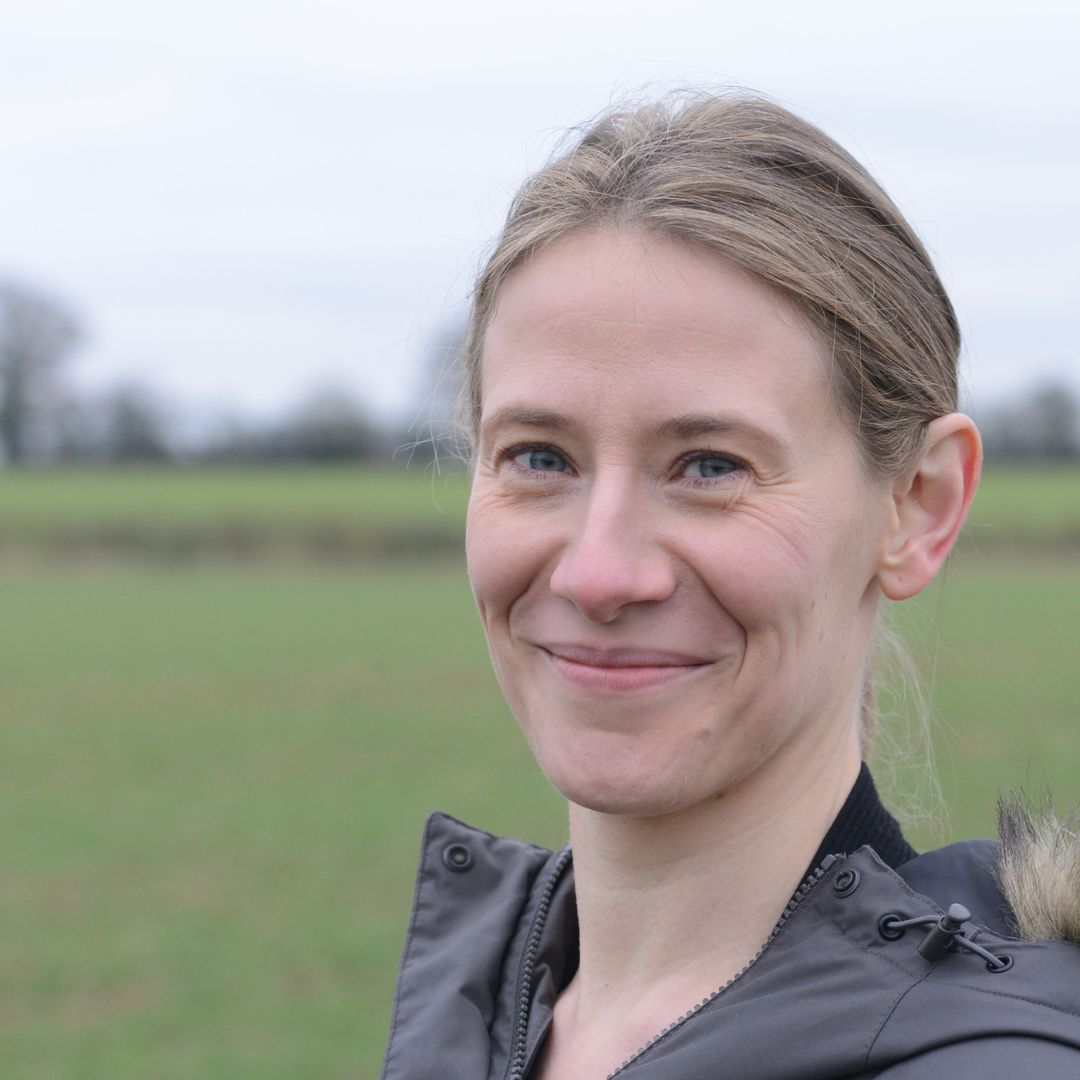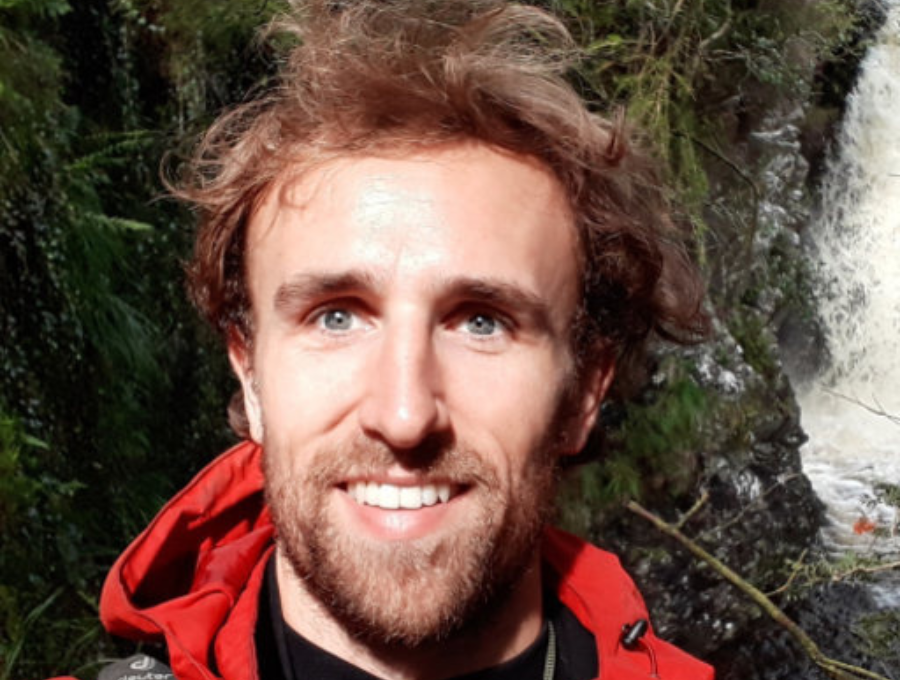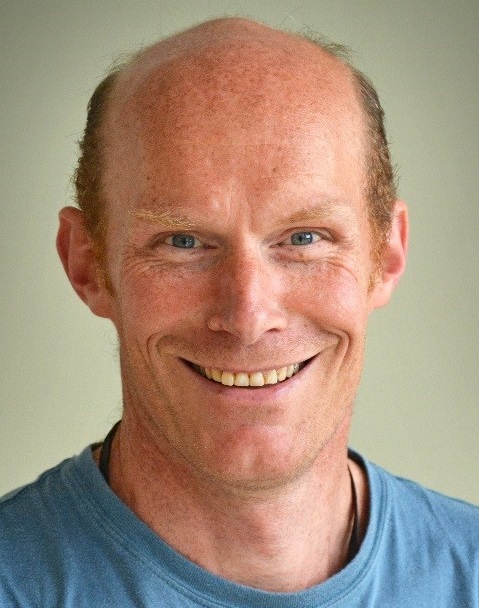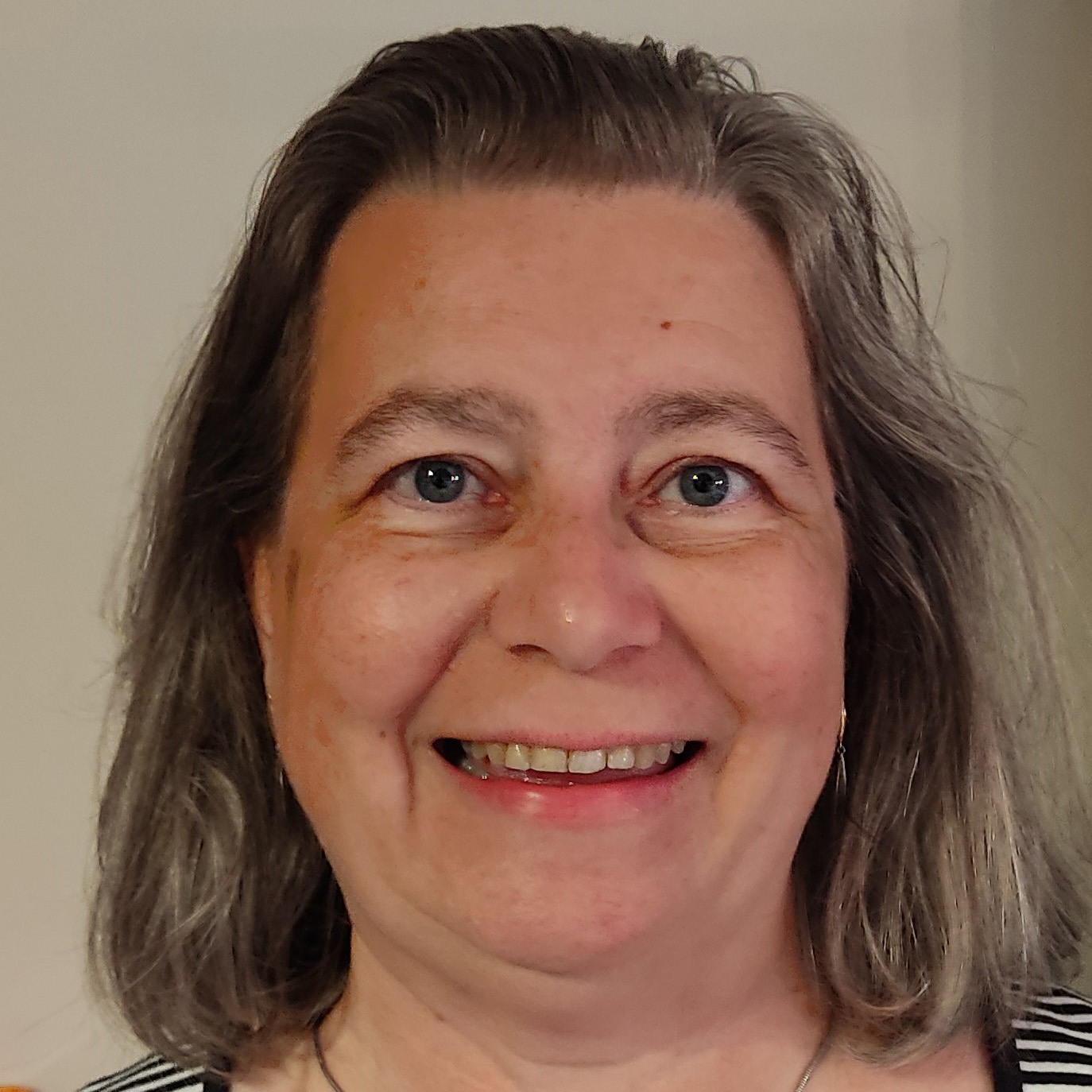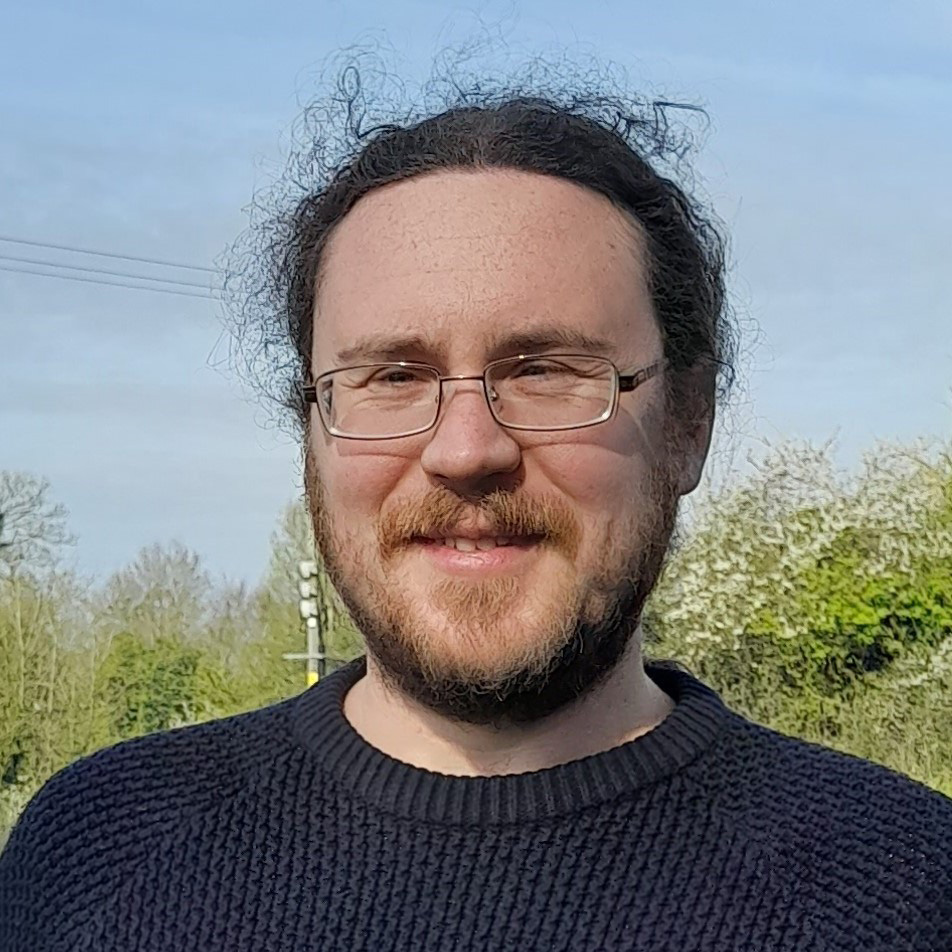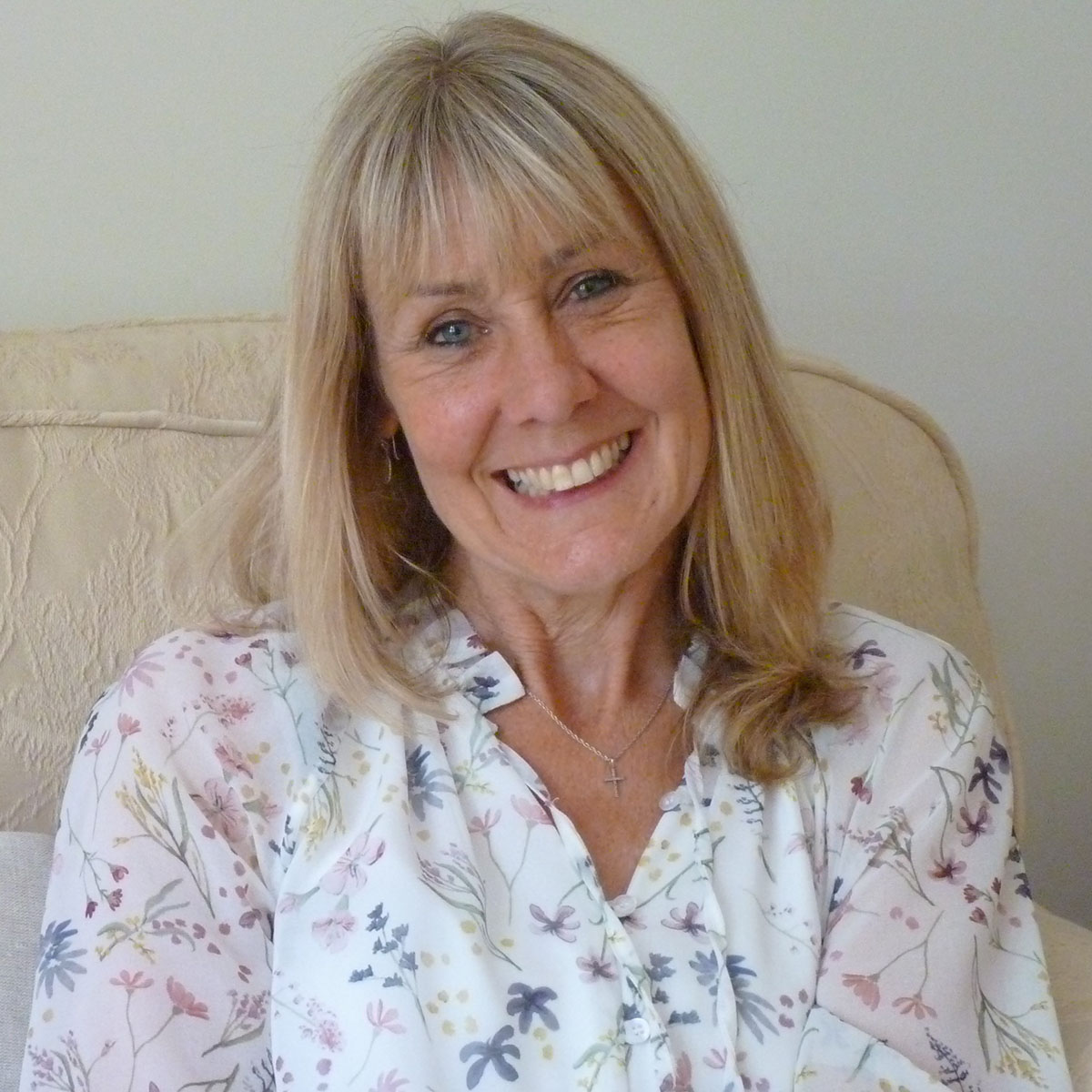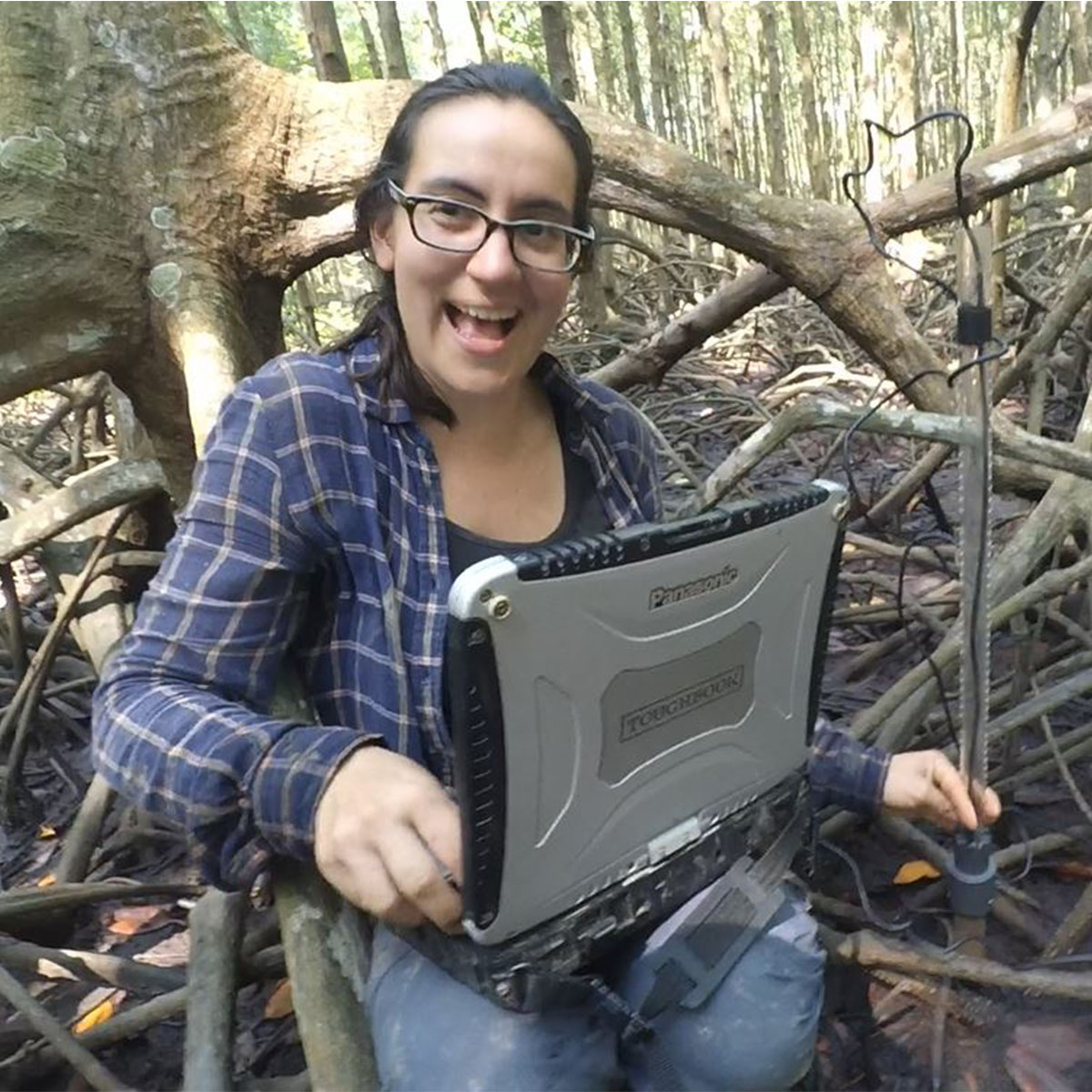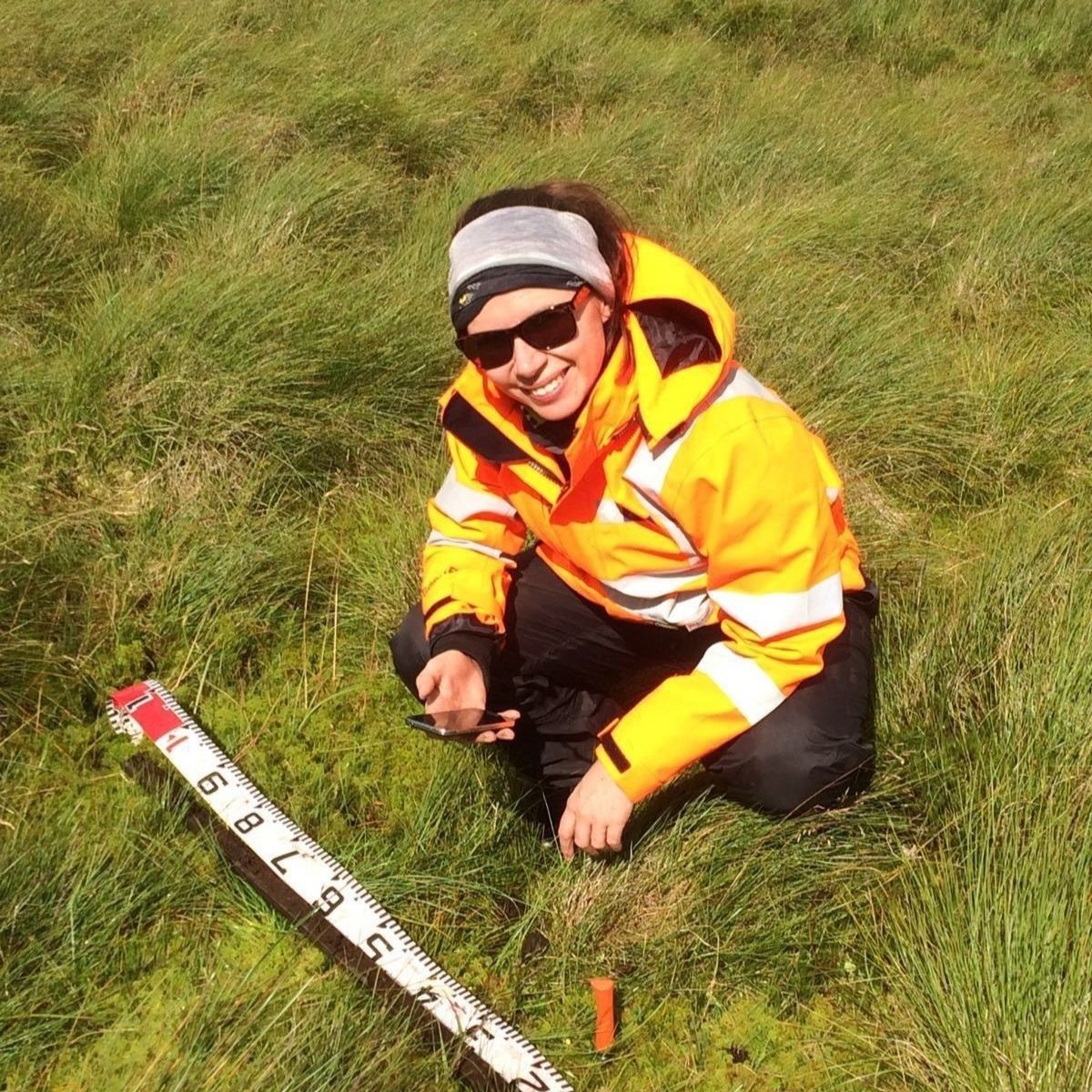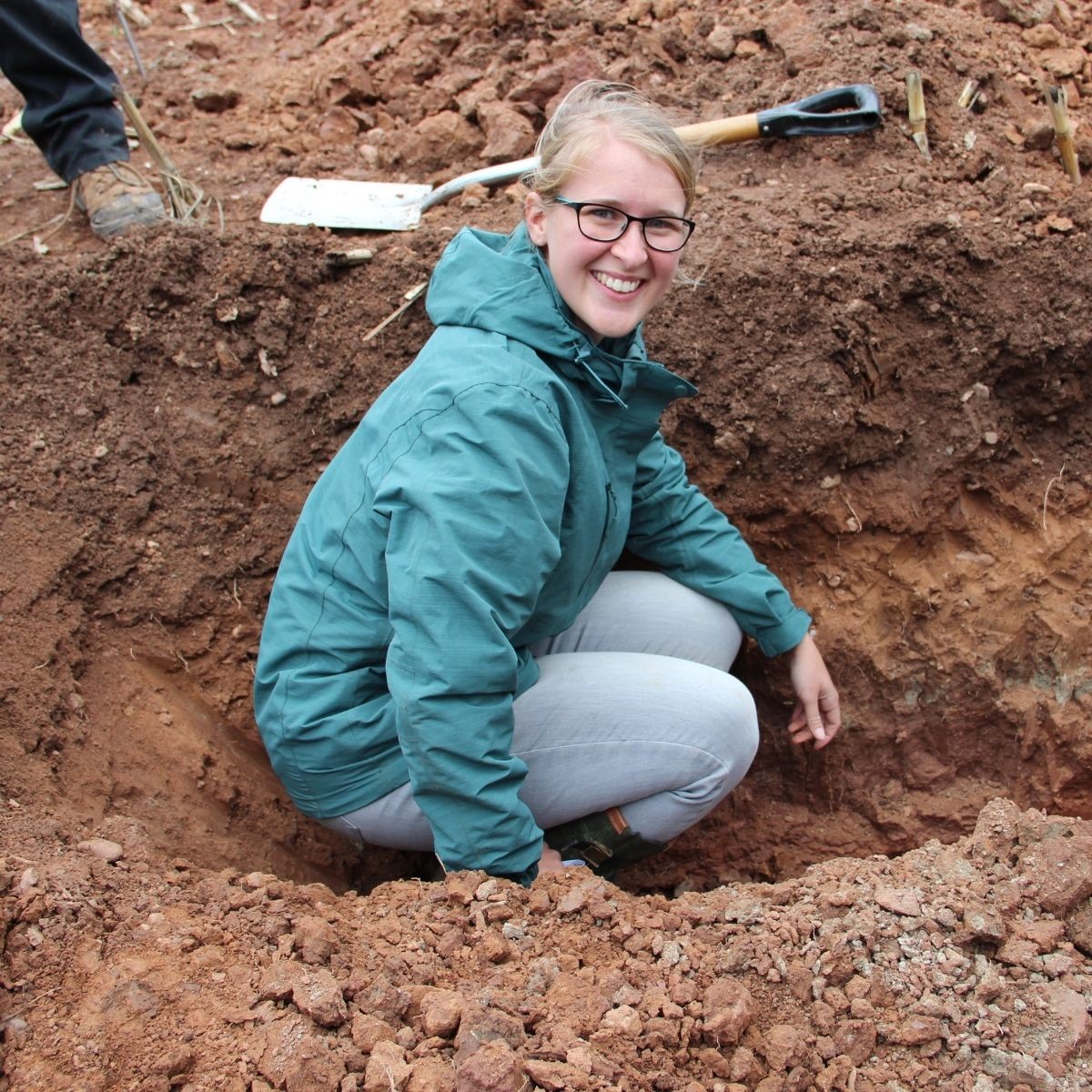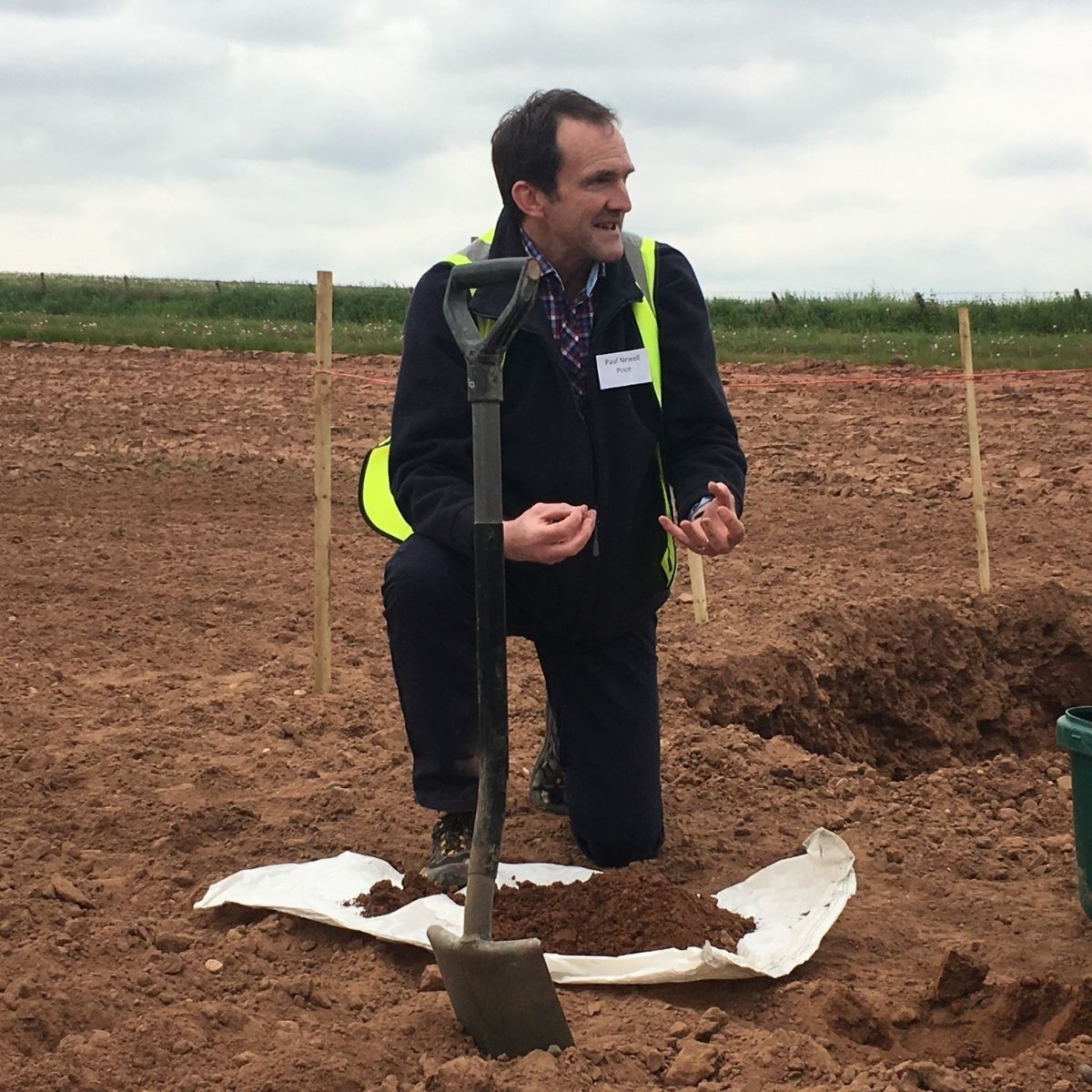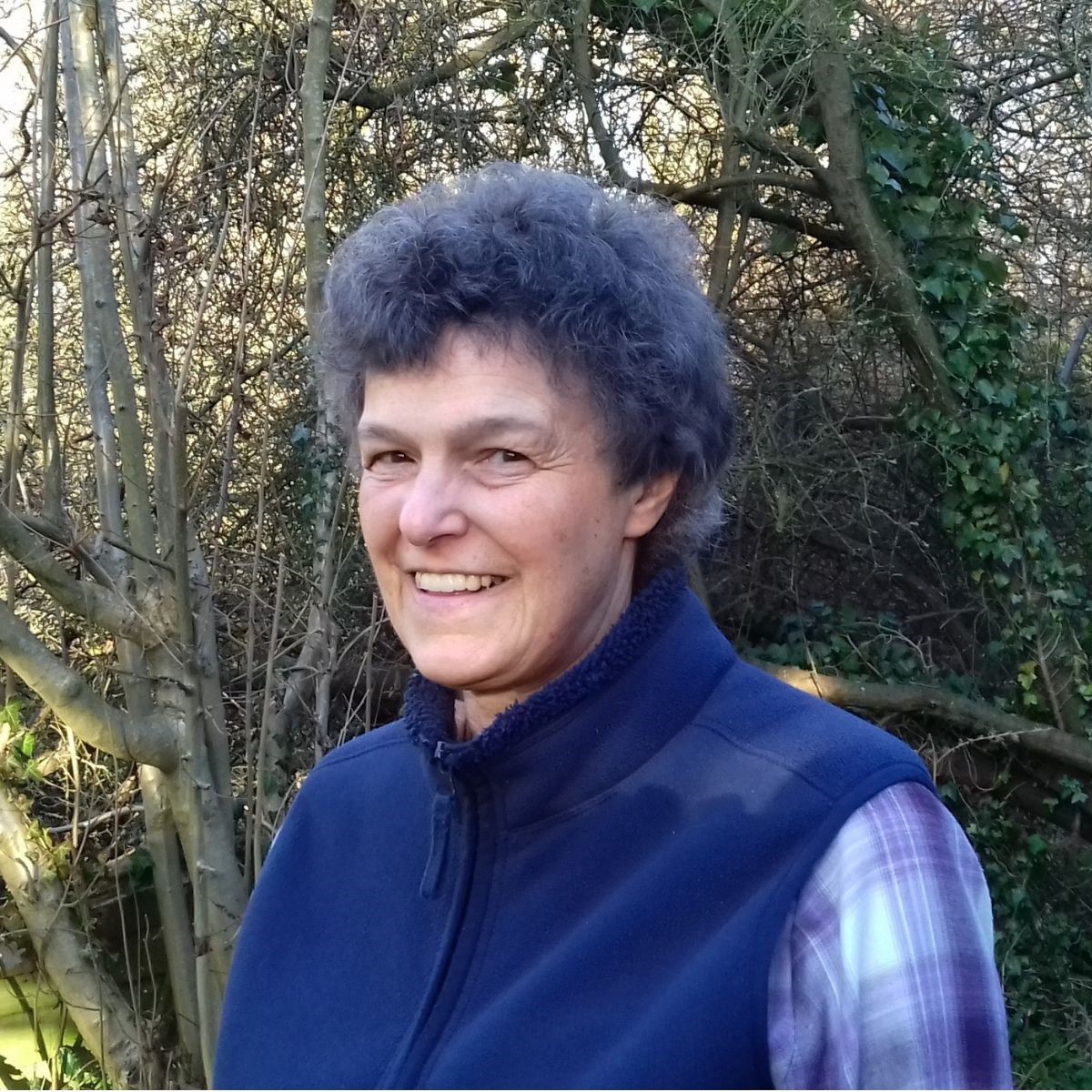On the 10 and 11 April, I attended the British Society of Soil Science’s ‘Practical Introduction to Soils in Great Britain’, held at the beautiful Shuttleworth College in Bedfordshire. It was a course I had earmarked to attend several years ago when my interest in soils was first initiated, studying my MSc in Land and Ecological Restoration. Since that initial wish to attend, I have been very lucky to attend the other two courses offered by BSSS but my efforts to attend this course have been hampered by time and the events of life.
I was determined to attend the course because I felt that my fundamentals of soil science had mostly come through self-study and I wanted to be able to see these fundamentals in action, on the ground and in the presence of experts, whose ears I could chew off with questions. Eventually, things fell into place and BSSS were kind enough to support me with the Brian Chambers Grant. This is vital when attending training courses is something of a luxury. Needless to say, I was thrilled when everything was confirmed.
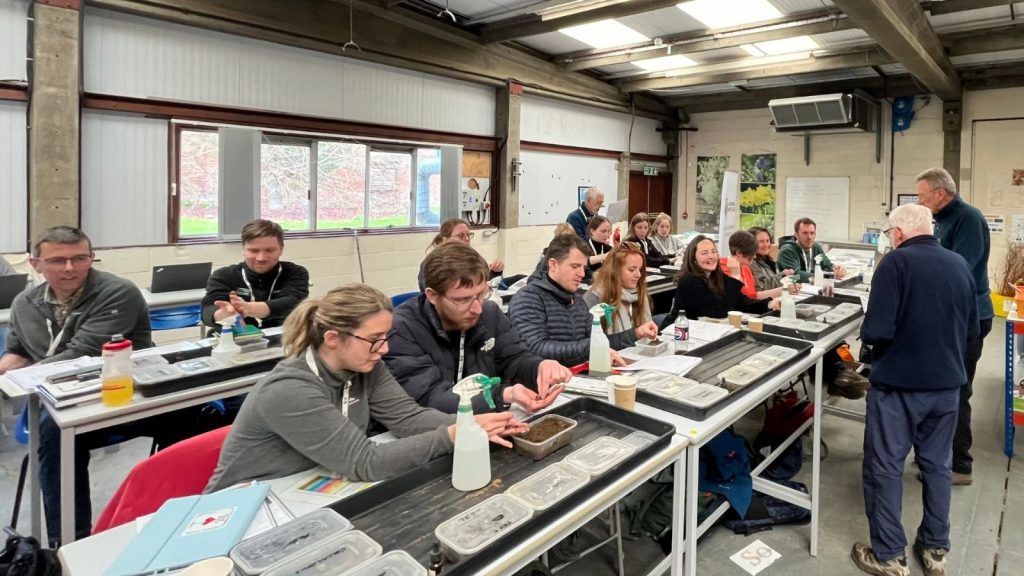
On our first day, after group introductions, we got straight into it. Armed with a great set of resources including The Fragile Skin and the Soil Survey Field Handbook, our tutors (Dick Thompson, Bob Jones and John Hollis), took us through the fundamentals that we would need to interpret soils when in the field. Soil science has a fantastic vocabulary, ‘stagnogleyic argillic brown earths’ for example, but it can often be dizzying when you are unfamiliar with the terms. Our tutors did a great job of keeping things concise whilst embellishing certain topics with more details when we had questions. It wasn’t all PowerPoint and paper either! After we had covered the basics, we began to get our hands dirty, analysing soil textures with prepared soils and then using hydrochloric acid to determine carbonate content. It was great to get hands-on in the classroom. We finished the day by taking our first trip into the field to dig soil pits along a transect. Afterwards, I felt exhausted but in a good way. I recuperated walking around the RSPB’s Sandy Lodge, just a 10-minute drive from the college.
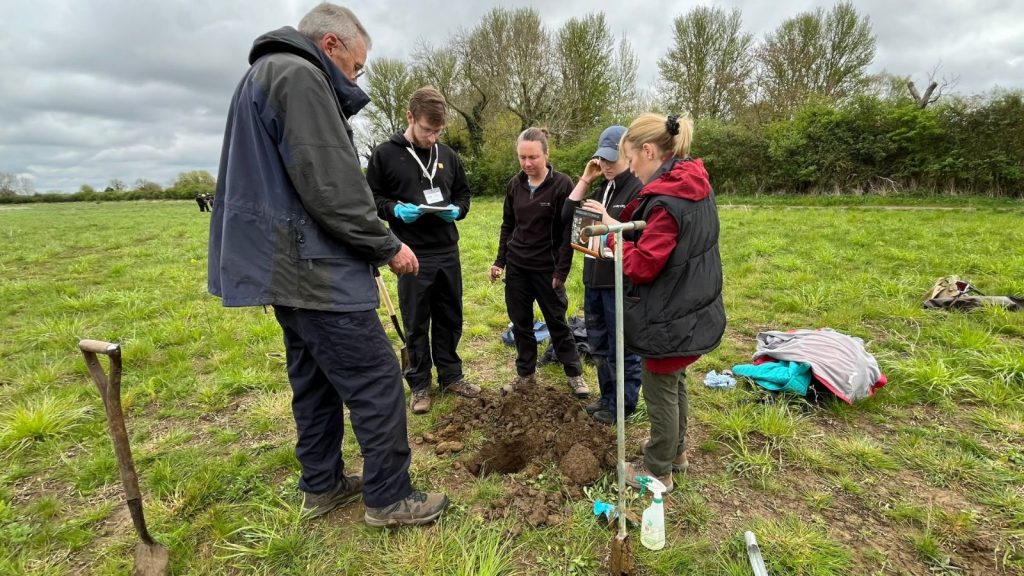
Our first day had given us most of the theory and now our second day had arrived to put it into practice. After a brief presentation discussing soil hydrology, we departed into the field to explore the soils of several different sites.
Our first site was an arable field lying on the floodplain of a river and we were able to use our new knowledge to diagnose the patterns taking place in the soil profile, including the much-discussed gleyic features. After lunch, we went into a wonderful coniferous forest in search of podzolic soil and I must say, of all the soils we looked at I think it was the most beautiful for its ochreous hues. We finished the day digging pits in grassland in the grounds of Shuttleworth House. The sun was shining, sheep were bleating and antique planes were flying overhead. It felt like the perfect way to end what had been a fascinating two days.
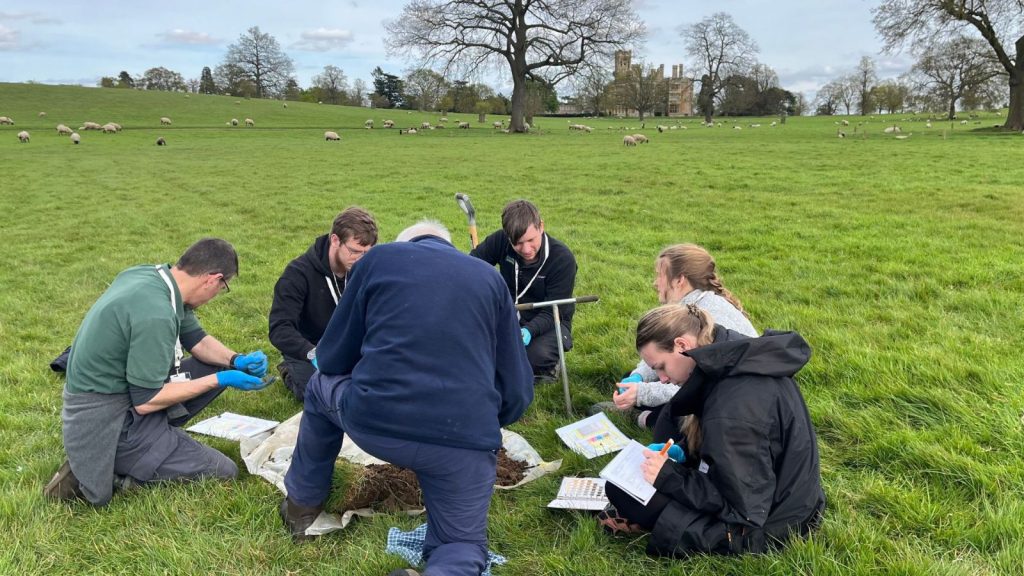
Overall, the course was fantastic, it packed in a lot of material and sent us away plenty to follow up on. It has given me the capability to be able to dig a soil pit and to diagnose some of the key processes taking place whilst also deepening my fundamentals in the science. I feel very lucky to have attended with a great group of people who were eager to learn and to be under the guidance of our tutors, who patiently listened to every question and sincerely tried to impart what they had learned in their many years in the subject. I would highly recommend this course to anyone interested in soil, it can enrich both beginners and seasoned professionals.
Moving forward I will be carrying what I learnt into my new job role, working with farmers to understand and improve the soil health on their farms. I strongly believe that my ability to do this well has been supplemented by attending this course.
To find out more about the Society’s grants and awards, click here.
